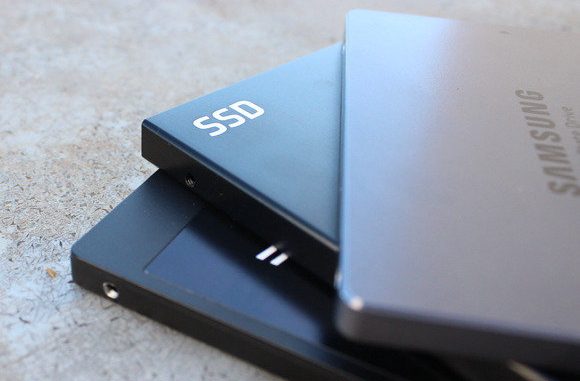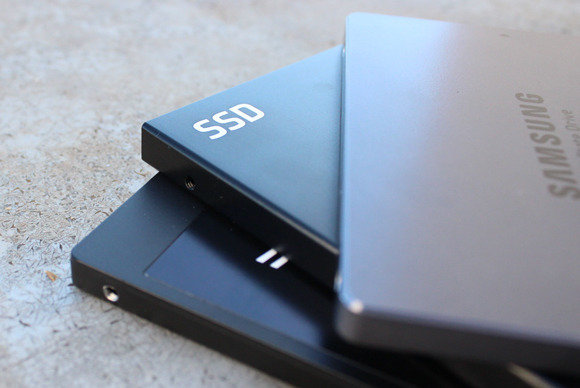
Most of the computers today use Solid State Drive (SSD) instead of the traditional hard drives. The main motive behind the usage of SSD is to boost the speed of your computer. But there are some drawbacks as well. Even though SSD gives ample speed to your PC, the lack of memory is the issue associated with it. But the main problem is something else. SSD gets slow as they start filling up. But how come they start slowing down? What is the reason behind this slowing down of SSD?

When you perform a write function on a file on an SSD, it searches for empty blocks. Once the file gets an empty block, it fills the block. This operation of writing on an empty block is the fastest of all operations. The new operating systems, which run Windows 7 or higher, support the TRIM feature. The TRIM feature automatically deletes the data of a file from SSD as soon as that same file is deleted from the OS. This is not the same case when it comes to traditional hard drives. In traditional hard drives, bits of deleted file sit around unlike in SSD. The TRIM feature in SSD makes sure that the block is emptied completely.
Writing the data on an already-written block is as fast as writing to an empty block in traditional hard drives. But this is not the case in SSD. The SSD must erase all the data and make sure that the block is empty. This is done with the help of TRIM.
Sometimes, when a NAND Flash is used to write block, it writes a block partially, thus filling it partially. Hence, when the SSD starts filling, the data sees partially filled blocks. And to write a data on a partially filled block, the block needs to be erased entirely.
This is a time consuming process, and hence our SSD slows downs as it gets filled. Hope the concept is clear.
